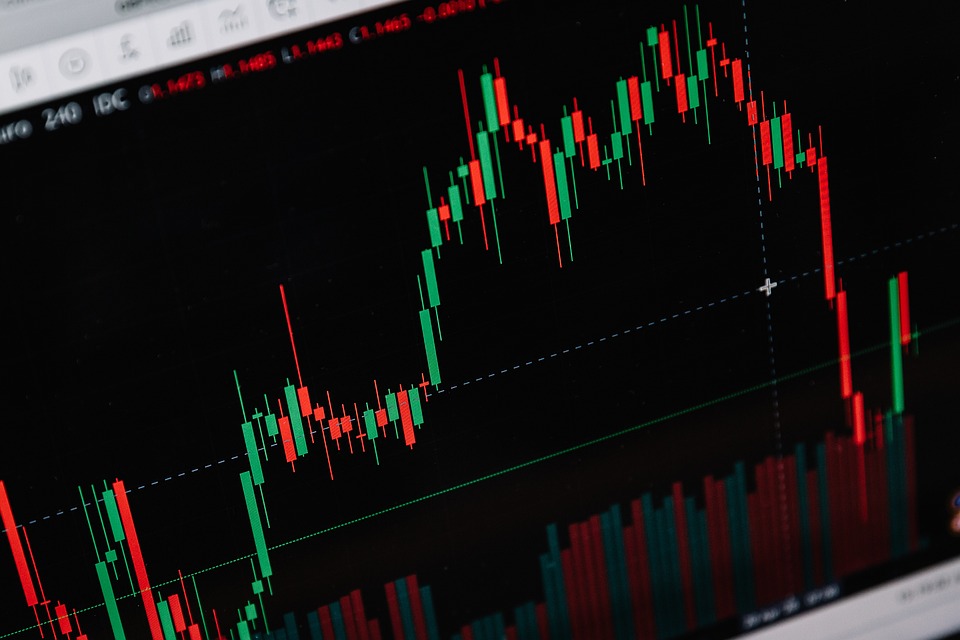Understanding Market Sentiment: A Guide to Trading with Confidence
Market sentiment is a crucial concept in trading that can make or break a trader’s success. It refers to the overall attitude or emotional state of market participants, including individual investors, institutional investors, and traders. Understanding market sentiment is essential for making informed trading decisions and achieving consistent profits in the markets. In this article, we will explore the importance of market sentiment, how to measure it, and how to use it to trade with confidence.
Why is Market Sentiment Important?
Market sentiment is important because it can influence market prices and direction. When a large number of market participants are optimistic or pessimistic about a particular asset or market, it can create a self-reinforcing cycle that drives prices higher or lower. For example, if a large number of investors are bullish on a stock, they may drive up its price, which in turn can attract even more buyers, creating a upward momentum. Conversely, if a large number of investors are bearish on a stock, they may drive down its price, which can attract even more sellers, creating a downward momentum.
How to Measure Market Sentiment
There are several ways to measure market sentiment, including:
- Surveys and Polls: Online surveys and polls can provide insights into the sentiment of individual investors and traders. For example, the Bank of America Merrill Lynch Global Fund Manager Survey is a widely followed survey that tracks the sentiment of institutional investors.
- Options Data: Options data can provide insights into the sentiment of market participants. For example, the put-call ratio is a popular indicator that measures the number of put options traded relative to the number of call options traded. A high put-call ratio can indicate a bearish sentiment, while a low put-call ratio can indicate a bullish sentiment.
- Social Media: Social media platforms such as Twitter and Reddit can provide insights into the sentiment of individual investors and traders. For example, sentiment analysis tools can track the number of tweets or posts that mention a particular stock or market, and categorize them as positive, negative, or neutral.
- Fundamental Analysis: Fundamental analysis can provide insights into the sentiment of market participants by analyzing the financial health and prospects of a company. For example, a company with a strong balance sheet and growing revenue may attract bullish sentiment, while a company with a weak balance sheet and declining revenue may attract bearish sentiment.
How to Use Market Sentiment to Trade with Confidence
Once you have measured market sentiment, you can use it to inform your trading decisions. Here are some ways to use market sentiment to trade with confidence:
- Bullish Sentiment: If market sentiment is bullish, you may want to consider buying assets that are likely to benefit from the upward momentum. For example, if the sentiment is bullish on a particular stock, you may want to buy calls or buy the stock itself.
- Bearish Sentiment: If market sentiment is bearish, you may want to consider selling assets that are likely to be affected by the downward momentum. For example, if the sentiment is bearish on a particular stock, you may want to sell calls or sell the stock itself.
- Neutrality: If market sentiment is neutral, you may want to consider hedging your positions or waiting for a clearer signal to trade.
- Contrarian Trading: If market sentiment is extreme, you may want to consider taking a contrarian view. For example, if the sentiment is extremely bullish, you may want to consider selling the asset, and vice versa.
Conclusion
Understanding market sentiment is a critical component of successful trading. By measuring market sentiment using various indicators and tools, you can gain insights into the emotional state of market participants and make informed trading decisions. Remember to always use market sentiment in conjunction with other forms of analysis, such as technical and fundamental analysis, to trade with confidence.
